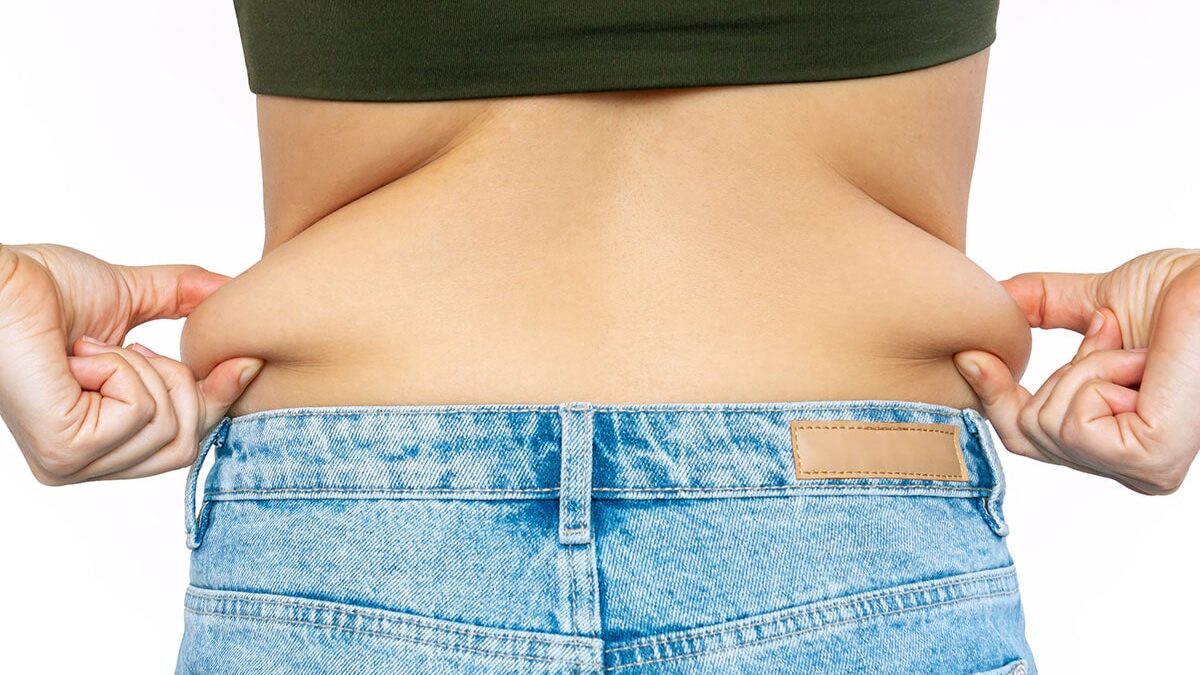
What exercises to do to lose weight? Top 7 most effective
13 September 2022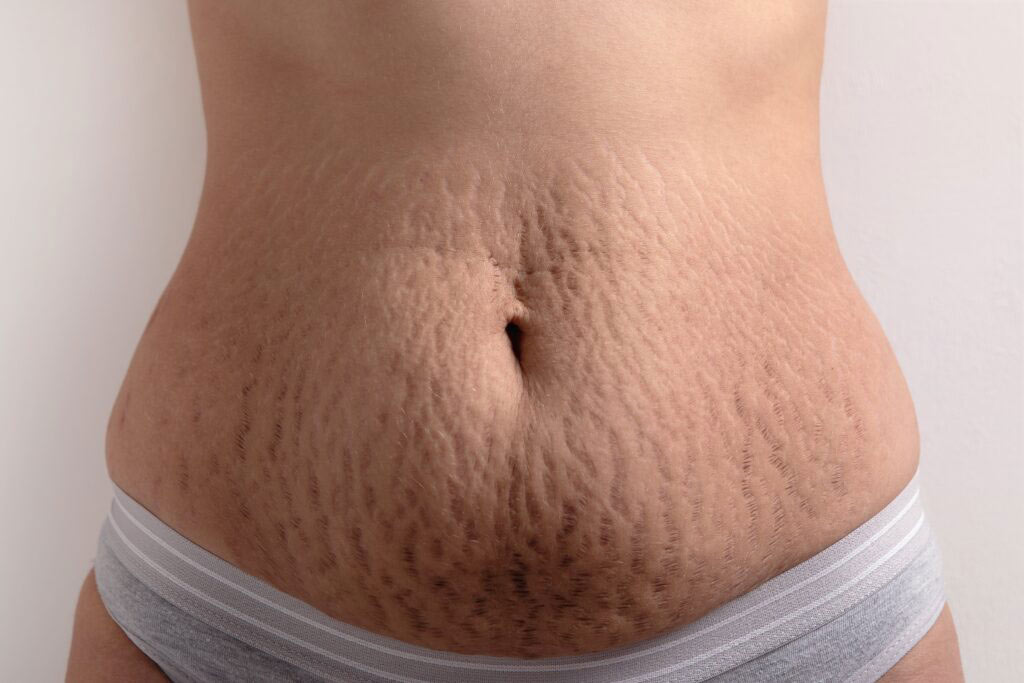
Stretch marks: appearance, causes and treatments
4 October 2022All the articles in this blog are written in collaboration and with the supervision of the health professionals at our weight center.
body fat is essential for the functioning of the body. However, in excess, it causes many serious and even fatal illnesses. From how it works, to the consequences and the methods to get rid of it. You will know absolutely everything about adipose tissue!
Table of Contents
What is body fat?
Body fat, also called adipose tissue, corresponds to all the fatty masses distributed in the human body. Badly seen by most of us, it has an essential role for our health. Especially our metabolism. If the body fat is in an appropriate quantity, it allows in particular:
- to provide the body with the necessary energy
- vitamin storage
- body temperature regulation
- organ protection
- joint wrap
The two families of body fat
Body fat is divided into two families:
- essential fats: this first category of fat is essential for the activity of the various vital functions. Composed of fatty acids, they protect the organs and provide energy reserves. Essential fats are stored in nerves, organ membranes, bones (bone marrow), muscles and the nervous system, among others. Therefore, they play an essential role for the health of the human body.
- storage fats: this second category of fats is superfluous, therefore non-essential to the body. We find them around the organs and under the skin. Thus during an excessive consumption of fats, the body stores them for later use. Especially for the production of heat to keep us warm in cold weather
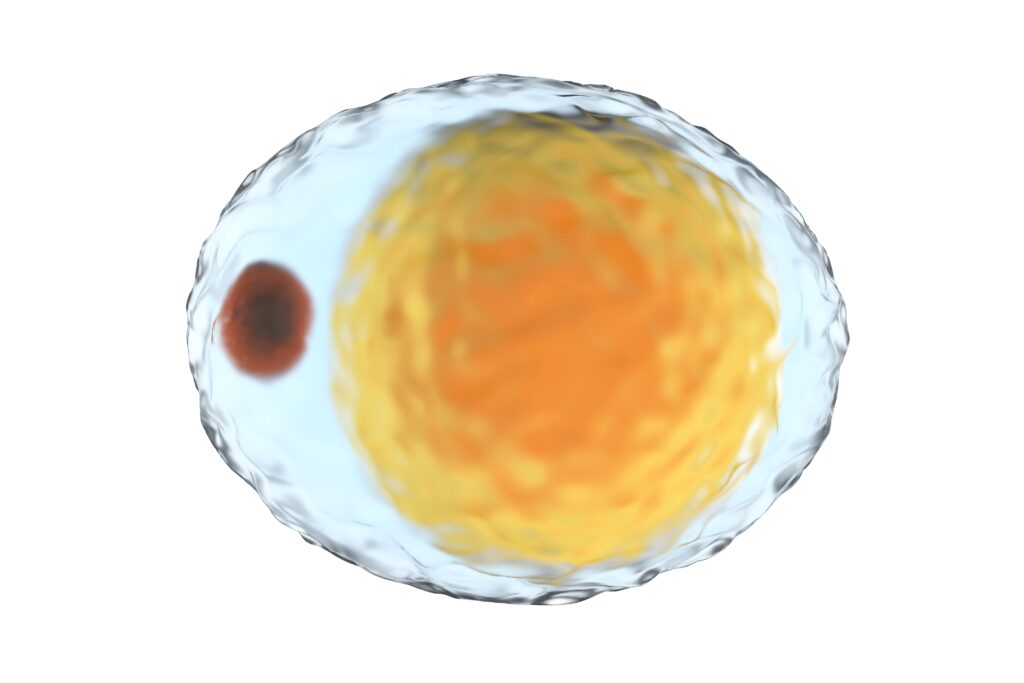
To know! During excessive consumption of calories, fat cells multiply in the body. Conversely, if you lose weight, the body only burns the fat present inside the cells, but it never disappears!
The three types of fat cells
The two categories of body fat that we have just seen, are in turn divided into three types of fat cells:
- white grease: Stored under the skin and around organs by the body in order to use energy later. It also allows the secretion of hormones. White fat cells are the most present in the human body. Excess white fat increases the risk of cardiovascular disease and diabetes
- fat beige: located along the spine and in the neck, it helps burn calories. Improving one’s lifestyle (exercise, sufficient sleep, etc.) gradually converts white fat into brown fat, which explains the appearance of beige fat. Beige fat cells have been discovered recently. Now researchers are conducting research projects to find how to use them to fight diabetes and obesity
- brown fat: also called “good fat”, it produces body heat to keep the body warm in low temperatures. This type of fat helps burn calories when stimulated because of its iron composition
To know! Hibernating mammals and newborn humans have high levels of brown fat in their bodies. In addition, underweight people have more than overweight or obese people!
How to measure your body fat percentage?
The body fat percentage differs depending on the gender and age of the person. But before moving on to the various measurement methods, let’s take a look at the fat mass rate of a healthy person!
The ideal body fat percentage
For an average individual, the adequate percentage of body fat is between 14 and 24% for men, and between 21 and 24% for women.
However, if the rate exceeds 25% for men, and 32% for women, then the fat mass rate is considered excessive. Therefore, the person is declared overweight or even obese.
We find that women have about 6-11% more body fat than men. And for good reason, the female metabolism requires a higher fat intake. This is to maintain hormonal balance and regular menstrual cycles.
Thus, less than a quarter of the total weight should be fat.
Methods of measuring body fat
There are several techniques that make it possible to measure the fat mass contained in the human body. Each of these solutions has its advantages and disadvantages. See what suits you best!
Measurement of the waist-hip ratio (WHR)

The waist-hip ratio method is an indicator that can only assess the level of visceral fat. How to do ? It is very simple :
- First, measure your waistline. Take care to stand up straight when measuring and place the tape measure at the level of your navel
- then measure your hip circumference
- finally, you divide the measurement of your waist circumference by the measurement of your hip circumference
Example for a man:
waist circumference: 80
hip circumference: 95
80 / 95 = 0.84
Interpretation of the result:
According to the WHO (World Health Organization):
- women’s RTH should be 0.85 maximum
- men’s RTH of 0.9 maximum
Be careful not to confuse this calculation method with the BMI (Body Mass Index)or the BMI (Body Mass Index). Which is another method of calculation – also recommended by the WHO – and which makes it possible to assess body weight. And therefore, to define the health risks.
Take Care! This measurement system is a screening tool but cannot be used as a diagnosis. It is essential to turn to a qualified health professional to carry out the appropriate examinations. And thus, assess the patient’s state of health and risks. Indeed, measurement errors and variables are numerous (strength of pull on the tape, recently ingested meals, etc.).
The caliper or skinfold caliper
The caliper is initially used to measure spacings, thickness of an object, etc. But in our case, it will be used to measure the thickness of skin folds in specific areas of the body. And this by gently pinching the skin and the subcutaneous tissue. Following this, graphs will allow you to define your body fat rate. However, this technique can only measure subcutaneous fatty tissue.
Bioelectrical Impedance Analysis (BIA)
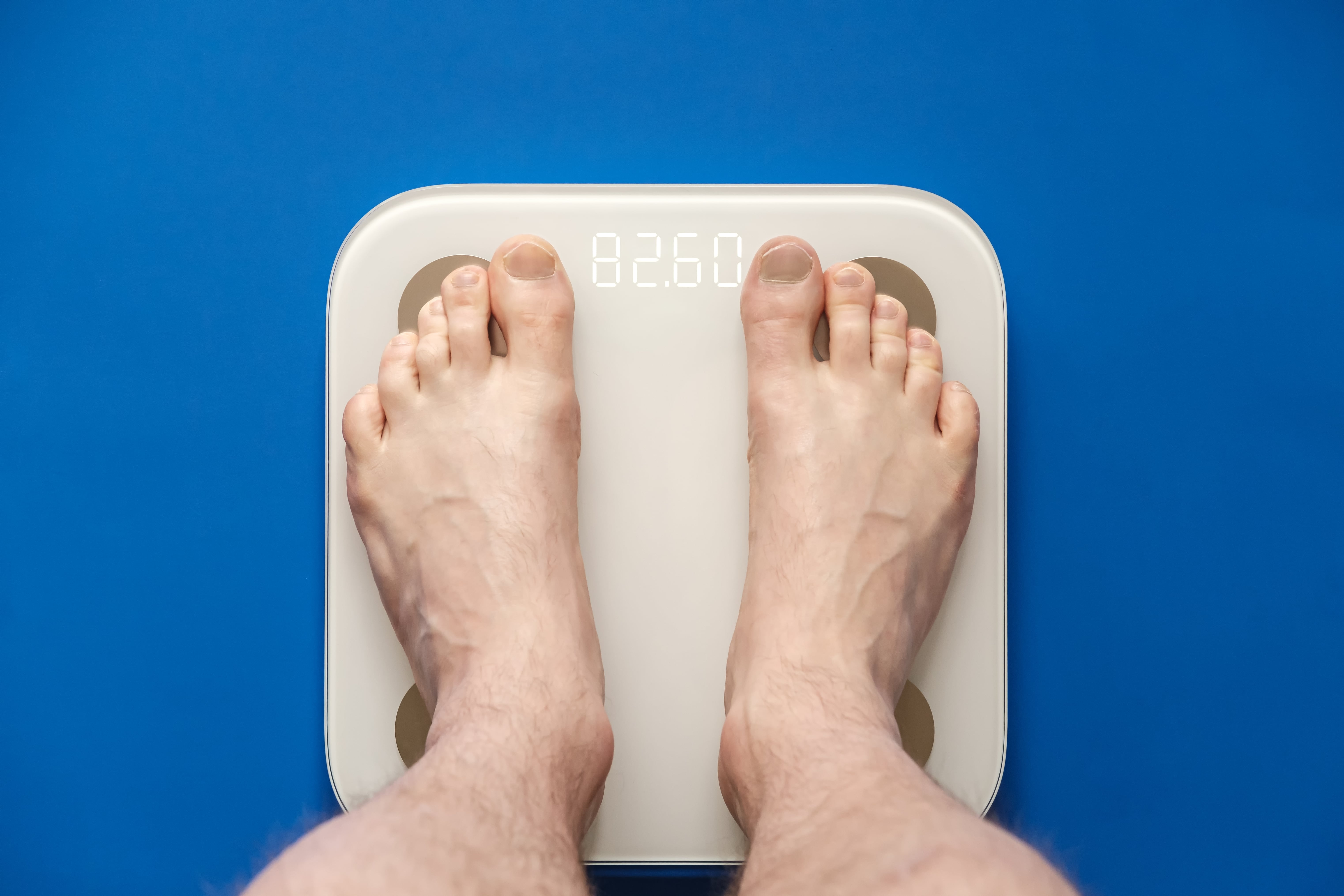
Also called impedance scale, or body composition scale. This third solution is simpler and more precise than the previous ones, but also more expensive! This process works by sending a painless and harmless low-level electrical current through the water in the body. Following this, the percentage of fat mass is calculated. Since muscles are made up of more water compared to fatty tissue. The main indicator of this measurement is the time taken for the current to pass through your body.
Some connected scales also offer measurement of body composition via Bioelectrical Impedance Analysis.
Other methods of measuring body fat
There are other techniques reserved for medical environments that allow the measurement of the fat mass rate in the body. In particular dual-photon X-ray absorptiometry (DXA or DEXA) and hydrostatic weighing. However, these solutions are expensive and difficult to access.
How fat cells work
When the body accumulates too much fat, fatty acids (which come from the digestion of lipids) are stored inside adipocytes in the form of triglycerides. Thus, it is all of these cells that make up adipose tissue.
Adipose tissue serves primarily as an energy reservoir. It is found in greater quantity than glycogen (about 135,000 calories for a 70 kg man). However body fat is less efficient and takes longer to be used by the body.
When the body needs them, the triglycerides contained in adipocytes are broken down to form glycerols and fatty acids. Then, on the one hand, these fatty acids are transported to the blood cells where they can be used to provide energy. On the other hand, glycerols are absorbed by the cells of the liver and then of the muscles, in order to be transformed into glucose.
This process allows organs that are unable to burn triglycerides to take advantage of this source of energy, even if glycogen stores are depleted.
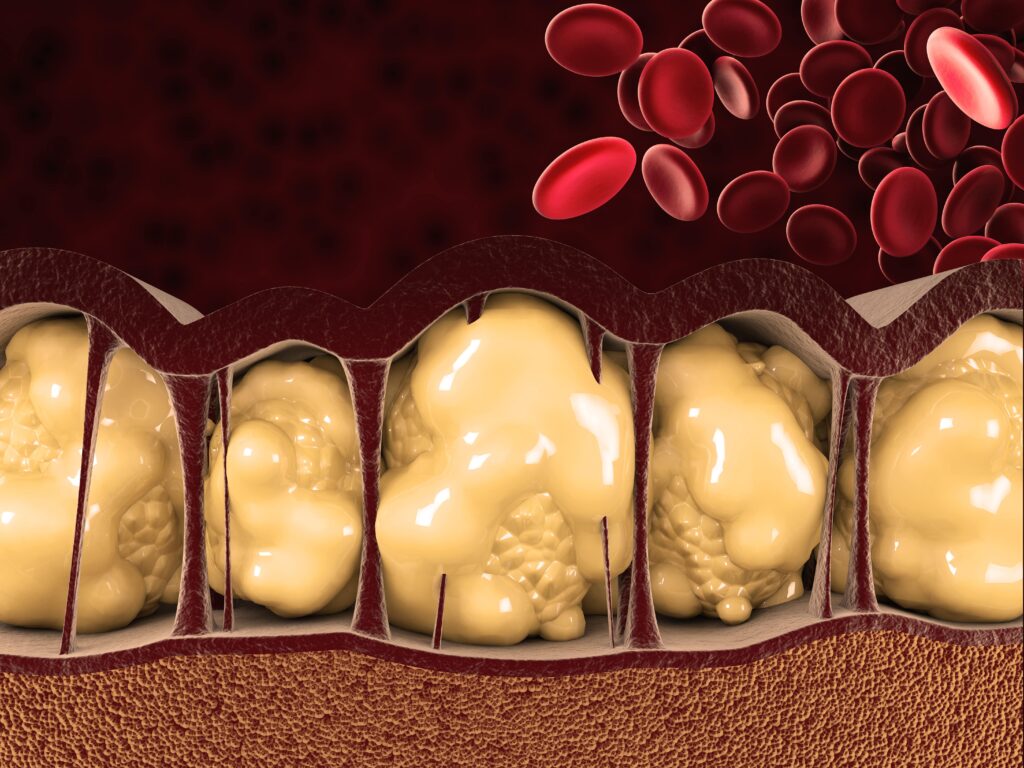
What are the causes of the appearance of body fat?
Many causes cause the development of body fat:
- poor diet (too rich in sugar, fatty acids, etc.)
- excess food
- poor lifestyle (smoking, sedentary lifestyle, etc.)
- too much alcohol
Therefore it is essential to adopt a healthy lifestyle to guard against excess adipose tissue.
What are the risks of excess body fat?
Besides changing the physical appearance of people who gain weight to obesity. Excess body fat has dramatic consequences on the health of people who have it excessively:
- cardiac pathologies
- diabetes
- stroke
- cancer
- sleeping troubles
- etc
Where does body fat go?
The body stores body fat differently depending on several factors:
- White fat is distributed in the abdomen, hips, thighs and buttocks
- Subcutaneous fat is lodged under the skin, as the name suggests. Generally without health risks, it serves as protection for the organs unless it is located at the level of the belly. It is usually found on the thighs, love handles, drooping arms, double chin, etc.
- visceral fat surrounds our organs, it is found under the muscles of the abdominal wall, around the heart, etc. Mainly made up of white fat, it is the most dangerous form for health
- intrahepatic fat is located inside the liver
- cellulite is a form of fatty tissue that is crossed by collagen fibers that are placed perpendicular to the skin. This explains its bumpy appearance called “orange peel”.
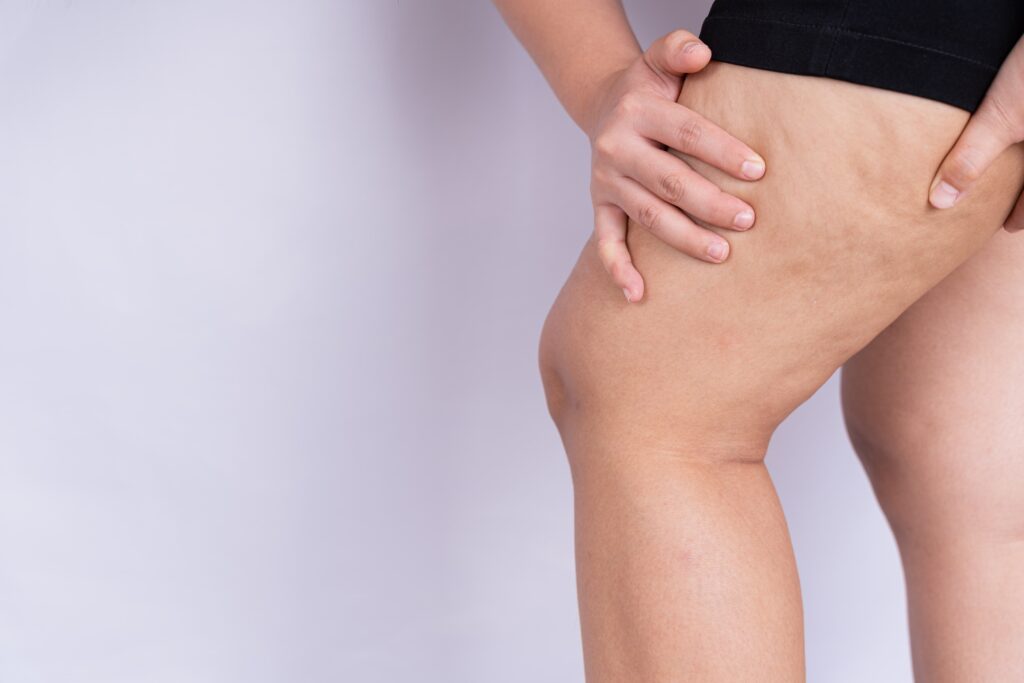
How to get rid of it?
Check out our tips to help you get rid of body fat:
- reduce your intake of refined carbohydrates and sugar
- eat more vegetables
- avoid processed foods
- take the time to chew
- avoid alcohol and tobacco
- stop dieting and focus on adopting healthy lifestyle habits instead
- get away from stress
- get enough sleep
- engage in regular physical activity
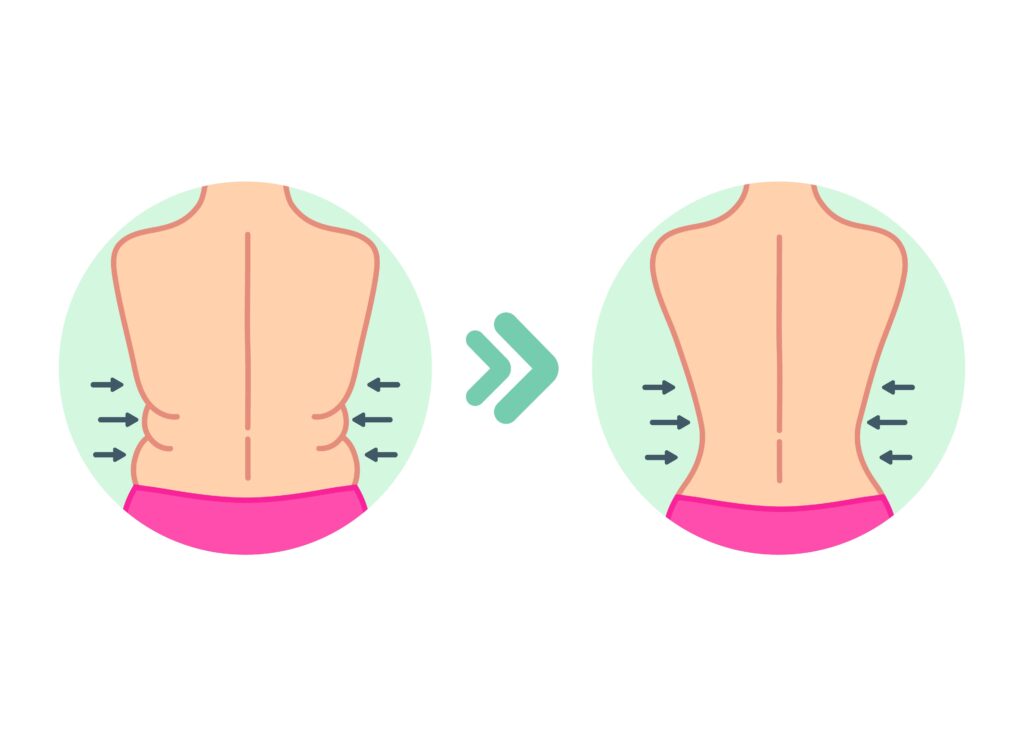
To go further, discover our tips to lose weight naturally and how to lose belly fat. And if despite everything you are unable to lose your excessive body fat, contact us on +32 (0)2 673 90 71 or by clicking on the Contact form of the site. Through our weight clinic, we offer real help to people who are overweight or suffering from obesity.


